The Amazing Spider-Man 2 Review
After developing a generally well-received movie adaptation in 2012, Beenox dives into the web head’s world once again with The Amazing Spider-Man 2. Although it is an adaptation of the 2014 film directed by Marc Webb, which released earlier this month, Beenox’s first outing showed enough promise to warrant a sequel worth keeping an eye on. As the game’s release date crept closer, Beenox claimed they were listening to the fans, and stated they were fixing and changing the issues found in the first game. Unfortunately, those supposed fixes and changes have done more harm than good and given rise to even more issues, along with some downright questionable gameplay mechanics, resulting in an experience that is far from amazing.
Besides the title and several characters, Beenox’s game does not share much with the 2014 film. Unlike the first game, which was advertised as a direct sequel to the 2012’s The Amazing Spider-Man, The Amazing Spider-Man 2 abandons the effort of keeping with the second film’s canon and decides to take its own narrative path. It has been a couple years since the Lizard ran amok, and the city was almost overrun by a cross species infection, but, most notably, it has been a couple years since Ben Parker’s death. Spider-Man still has not given up the hunt for Uncle Ben’s killer, and the game’s story is set in motion once he gains a lead on the murderer.
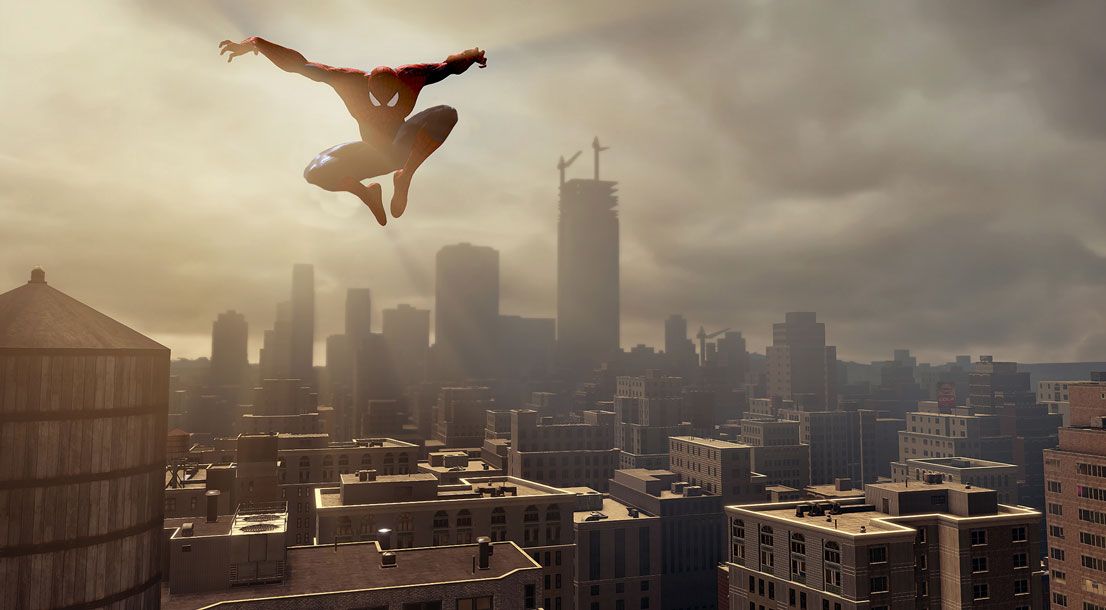
From that point on, Spider-Man is forced to investigate a string of murders by someone with the initials “CK,” learn how to properly hunt prey from Kraven and put an end to the reign of the infamous Kingpin. There’s actually a bit more than that, including cameos by Black Cat, Electro and the Green Goblin, but the game’s narrative still manages to fall short. Part of the reason is how short the storyline is; with only fourteen missions, Spidey’s latest adventure can be completed rather quickly. The missions are separated into multiple segments, but very few of them even neared the hour mark. Side missions are virtually nonexistent, so there isn’t much opportunity to extend gameplay. Even though the story starts out slowly, it turns into a jumbled mess and feels stuffed. By the end of the game, I felt as if Spider-Man was thrown into a gauntlet, facing signature villain after signature villain until the end credits, where the feeling of accomplishment is quite lacking. The voice acting does not help escalate interest in the story either, as many characters seem soulless when they deliver their lines, including Spider-Man. The only performance worth noting is the man behind the voice of Kraven, Steve Blum. When his character appears onscreen, the game’s story suddenly becomes much more interesting, and players will actually care about what he has to say.
The Amazing Spider-Man 2 is an open-world adventure taking place in New York, specifically Manhattan, similar to the first game. However, several changes have been made to the city and the way Spider-Man traverses it. Manhattan definitely feels larger, but also empty at the same time. Copies and copies of the same taxis, buses and cars travel through the streets, and clones of non-playable characters roam the sidewalks and crosswalks, all without purpose. The people and vehicles are nothing but placeholders to give the illusion of a populated city. It seems the only objective the citizens have in this sad virtual life is to wait for Spider-Man to swing into range and yell out words of praise or spiteful phrases.
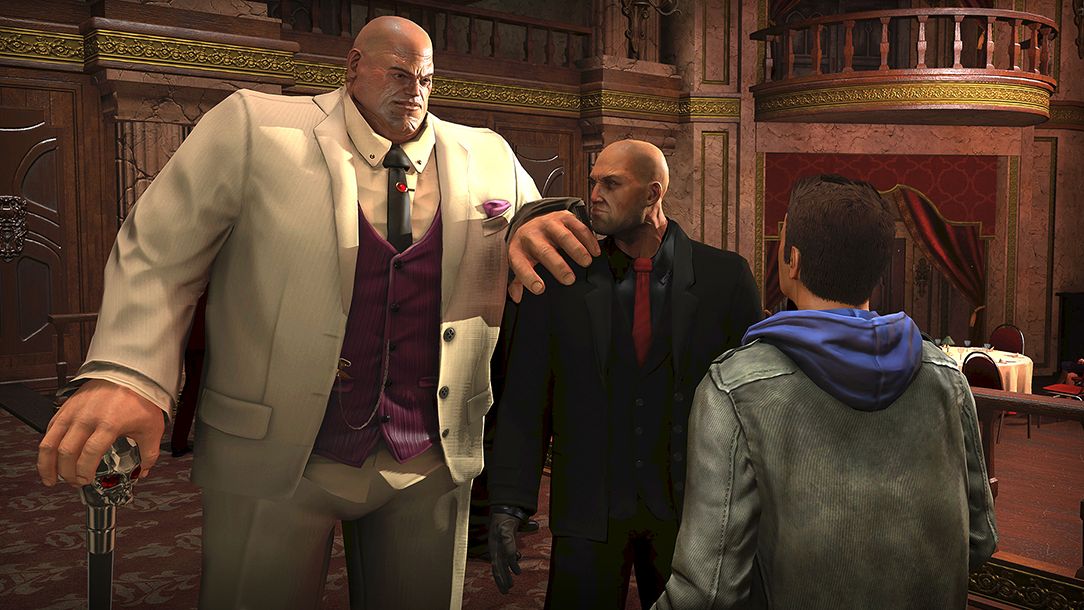
Per fan requests, Beenox has changed Spider-Man’s web-swinging mechanics for this sequel. In the first game, Spider-Man was able to swing from the clouds as his web did not need to attach to objects. This allowed players to web swing at will, even if there were no buildings in sight. This time around, Spider-Man is restricted to his environment and can only swing if there is a building, tree or statue around him. The player must use the two shoulder buttons—the right shoulder button for his right hand, and the left shoulder button for his left hand—to swing. Although it can be confusing at first, the button presses become instinct once enough time is spent learning the controls.
Even so, there are a few problems with this feature. The first is that Beenox tried to incorporate the flashy, adrenaline-filled web swinging from the first game, which destroys any type of realistic motion or momentum our superhero would have because he feels the need to do flips and turns in the air. Spidey’s webbing also never actually makes contact with the buildings around him, which questions the validity of this mechanic. It turns out that, once again, the game is trying to trick players with an illusion. Spider-Man only needs to be underneath a building to swing, and its location hardly impacts his arc. This is most noticeable when swinging through Central Park. The worst offense is when trying to complete a mission in an area outside of the open world as the mechanic is thrown out the window, and Spider-Man is free to use the sky as his anchor. This leads to the most frustrating problem: figuring out when you can web swing and when you cannot. Numerous times a building will appear to be in range, but because it is not at the correct angle, the web head will not swing from it. These sometimes aggravating moments are only worsened by Spider-Man’s increasingly annoying quips questioning the player’s intelligence when they try to spin a web but cannot. Because Beenox did not fully invest in the realistic web swinging, this mechanic comes across as unpolished and confusing.
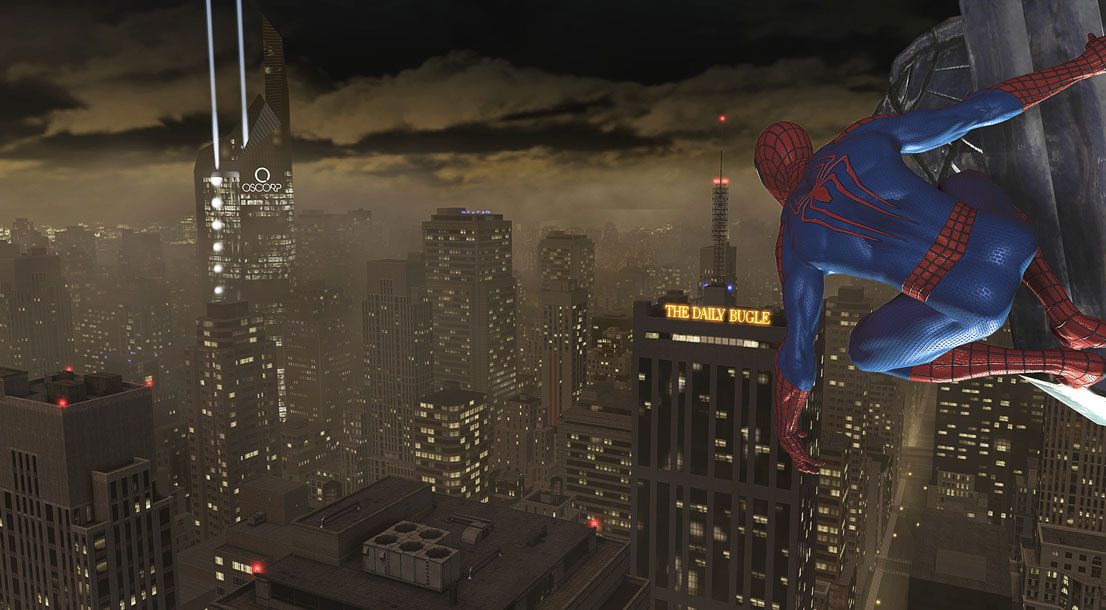
The web rush ability from the first game makes a return, and it serves as a useful tool when Spider-Man has nothing to swing from. With the press of a button, Spider-Man can web zip great distances to pinpoint locations. The only flaw behind the ability is the constant need to hold down the button and slow down time to use it. The reason for this is the game’s awful targeting. It is difficult to nail down where Spidey is looking, and players trying to use the web zip ability without breaking the flow will find Spider-Man heading in a completely different direction than desired. The targeting manages to also dampen the game’s combat once a wider variety of enemies are introduced. Certain techniques are needed to defeat or weaken some dangerous foes, and trying to get Spider-Man to focus on them can become a hassle. Thankfully, the rest of the fighting mechanics are, for the most part, enjoyable, albeit simplified.
The combat remains mostly unchanged from the first game, using a system similar to Rocksteady’s Arkham franchise. Enemies will swarm Spider-Man, and players will attack who they choose, countering every so often. The combat is not particularly challenging, but Spider-Man’s attacks and movements are fun and over the top, which makes the fights exciting. Even so, some may find the combat repetitious, as most fights will turn out the same way: repeatedly pressing the attack button and countering when necessary until all enemies are down. The only time this situation changes is when an enemy variant makes his or her way into the showdown. There is a combo multiplier that appears once Spider-Man begins to dish out justice, but its inclusion is puzzling. Most players will be able to reel in ridiculously high combos after almost every encounter, but they hold no reward besides a personal pat on the back. In the first game, once the multiplier reached a certain number, Spider-Man was able to use special web attacks incapacitating his enemies. That feature is almost absent in this outing, as the special web attacks are rarely available for the player to use. As for the boss fights, they are plentiful, but none of them require great strategy to be overcome. Besides a few appearances by favored baddies, none of them are particularly memorable either. Instead, one quick maneuver that weakens or throws off the villain will allow Spider-Man to finish the job with his fists.
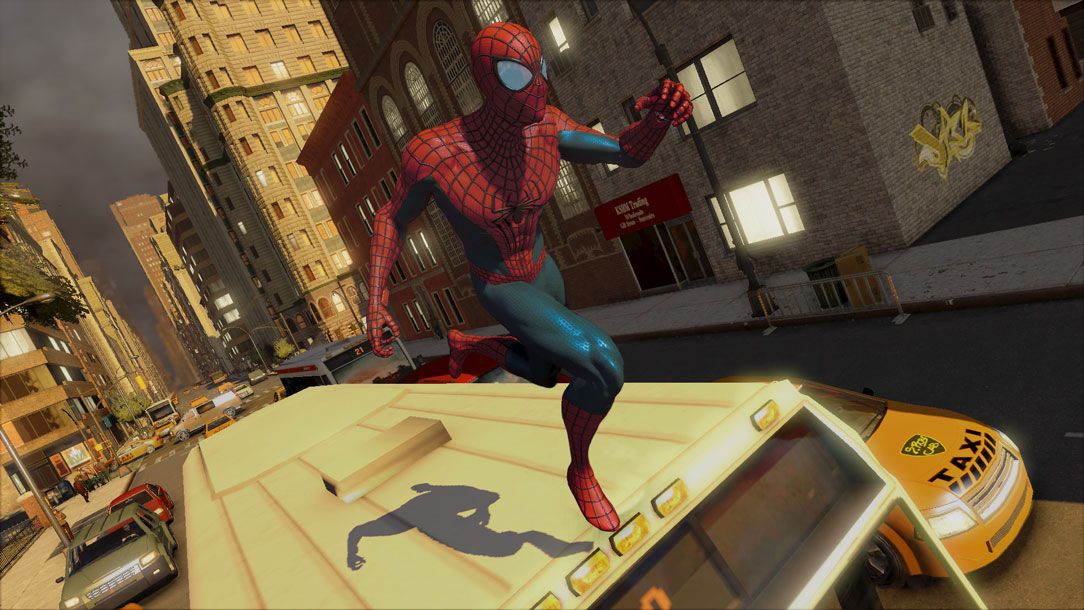
Hands down, the worst and most obnoxious gameplay mechanic The Amazing Spider-Man 2 incorporates is the Hero/Menace bar. While Spider-Man ventures the city, random events, such as petty crimes, fires and vehicle chases, will occur in a fashion similar to Treyarch’s Spider-Man 2. Players have the choice to either help out with these events or simply ignore them. If you help, the hero bar increases along with his “Heroic Level.” If you choose to ignore the event, the bar depletes and Spider-Man is labeled as a menace. Once this happens, a task force run by none other than Wilson Fisk will seek out Spider-Man with murderous intent. At first, the hero/menace bar is not much of a problem since there are only a few crimes happening at once. However, towards the end of the game, there are events happening all over the city, and there is barely enough time to reach their location. Because of this mechanic, the player is constantly being punished. If the player decides to participate in these events, they are greeted by the same four or five events over and over again, and they must suffer through loading screens for each of them since the event does not take place in the open world, but a separate arena resembling the city. Worst of all, there is no reward for keeping your “Heroic Level” high besides an unnoticeable stat boost. If players ignore the events, they are constantly hounded by a relentless task force who are stationed throughout the city. This mechanic is nothing but an exercise in frustration as it botches any joy of freely swinging through the city as Spider-Man.
On the PlayStation 4, the game looks serviceable, but it is not pushing the hardware by any means. Any framerate drops were barely noticeable, and the only glitches encountered were a few enemies who got stuck on a wall while running toward Spider-Man. Manhattan’s appearance is decent at first glance, but a closer look reveals weak textures along with numerous copy and paste jobs. When it comes to character models, most of the prominent figures boast some interesting, well-made designs. Unfortunately, Peter Parker is not one of them. The nerd’s head looks too small compared to his body, and his facial features resemble that of Seth Macfarlane rather than Andrew Garfield. The other mixed bag is the character animations. As noted earlier, Spider-Man’s movements during combat or action sequences are enjoyable to watch. Unfortunately, his movements during conversation come off as awkward simply because people do not wave their hands or shake their heads in that manner. The same goes for the henchmen who wave their assault rifles with one hand towards each other while discussing business. It comes off as laughable.
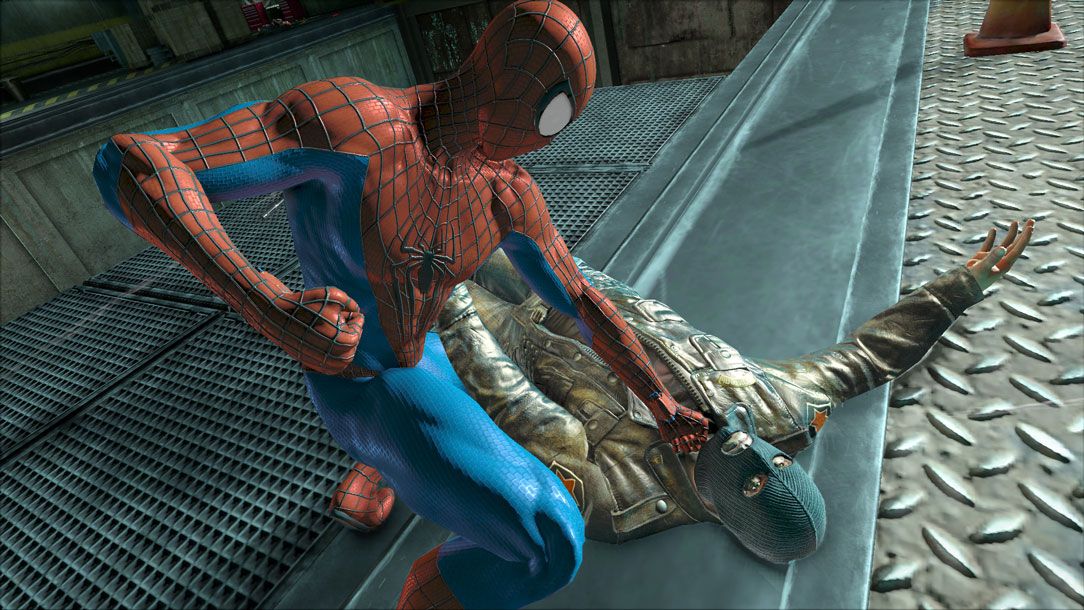
The Amazing Spider-Man 2 is the typical sequel that fails to surpass the original. Beenox attempted to fix the flaws that plagued the first game only to create new ones. What is worse is the inclusion of gameplay mechanics that tear the fun right out of the game. After all, video games are meant to be fun. The best graphics and story can only do so much, and this game lacks even that. Without gameplay that players can enjoy and can continue enjoying time after time, a game cannot and will not be considered amazing; and that is the fate suffered by The Amazing Spider-Man 2.
